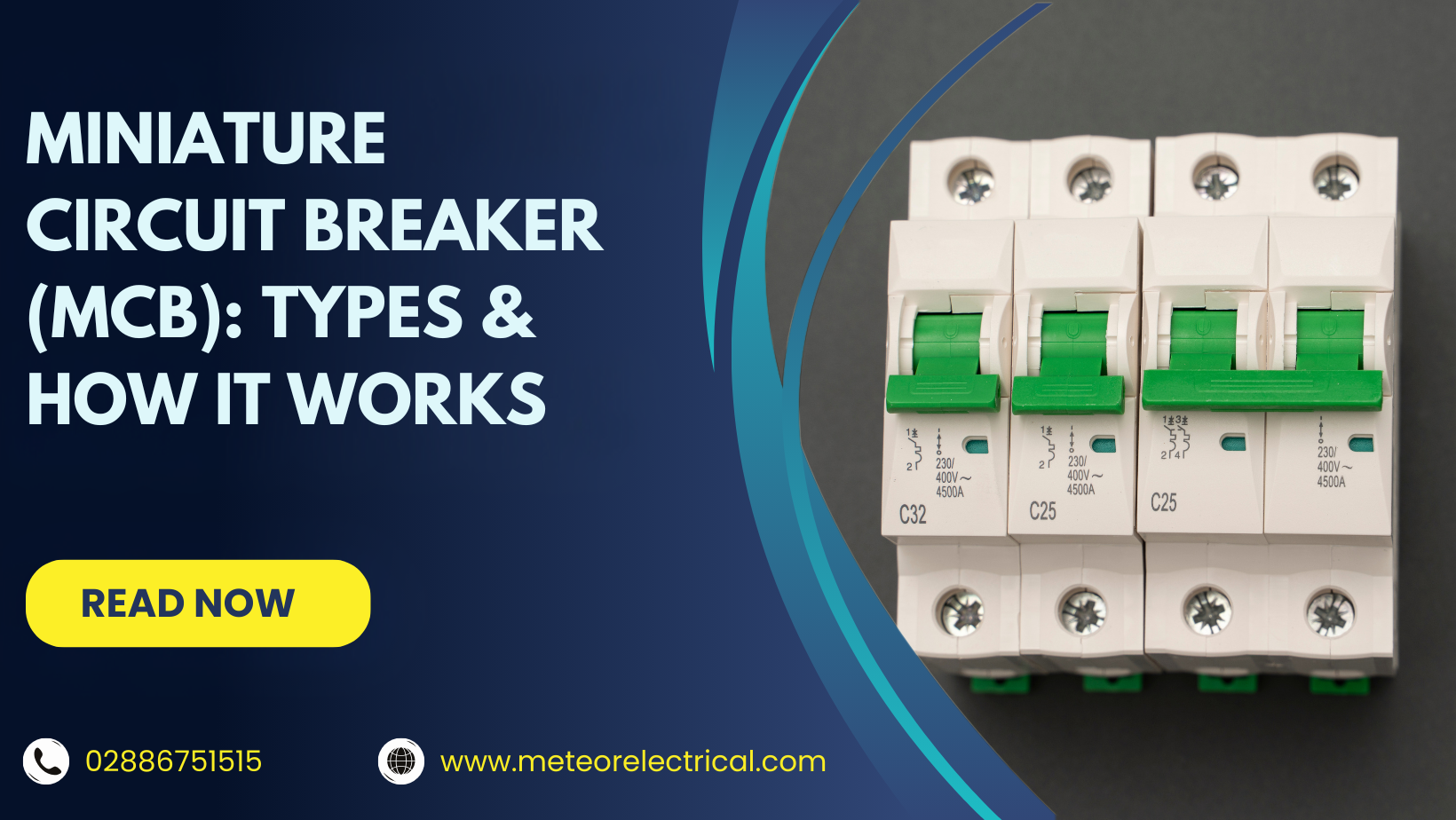Miniature Circuit Breaker (MCB): Types and Working Principles!
Miniature Circuit Breaker (MCB): Types and Working Principles!
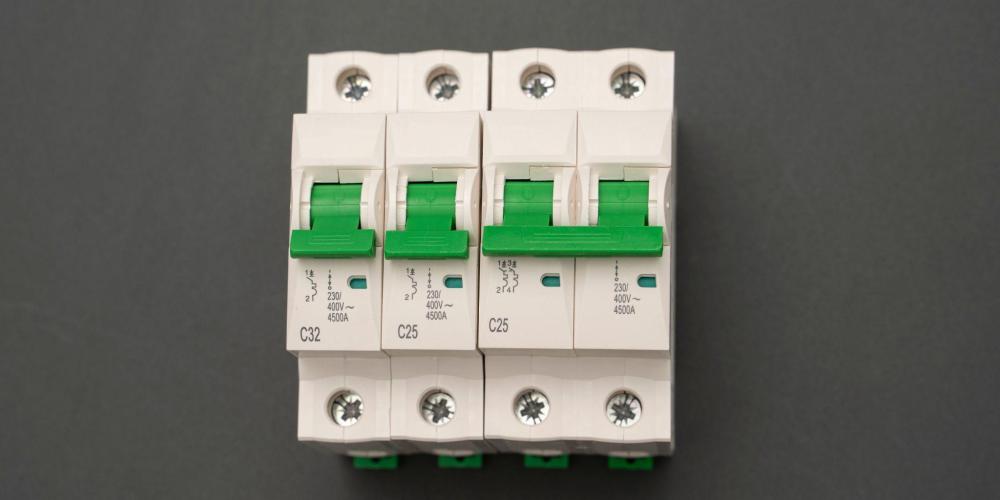
Have you ever thought that accidents happen, unaware of the time, zone or situation, it just occurs. For instance, you wake up to a good morning, and as you are preparing your coffee, there is a loud bang and the lights go off. Perhaps you connect a new gadget to an outlet, and there they are, sniffing up something that is being burned. Yikes, right? These are not just the electrical hiccups: they can be downright risky. This is where the Miniature Circuit Breaker (MCB) rises as your protector and helps in protecting your home or office from these risks. Most of them are small gadgets that operate in the background and make sure you do not have a power crisis each time you flip a switch.
Here in this blog post, we will discuss all the nuts and bolts of MCBs, from their categories to functions and why they are such a big deal. If you are a homeowner, do-it-yourselfer, or just an observer, you will be in for a spark of knowledge. Let's dive in!
An Overview of the Miniature Circuit Breaker (MCB)
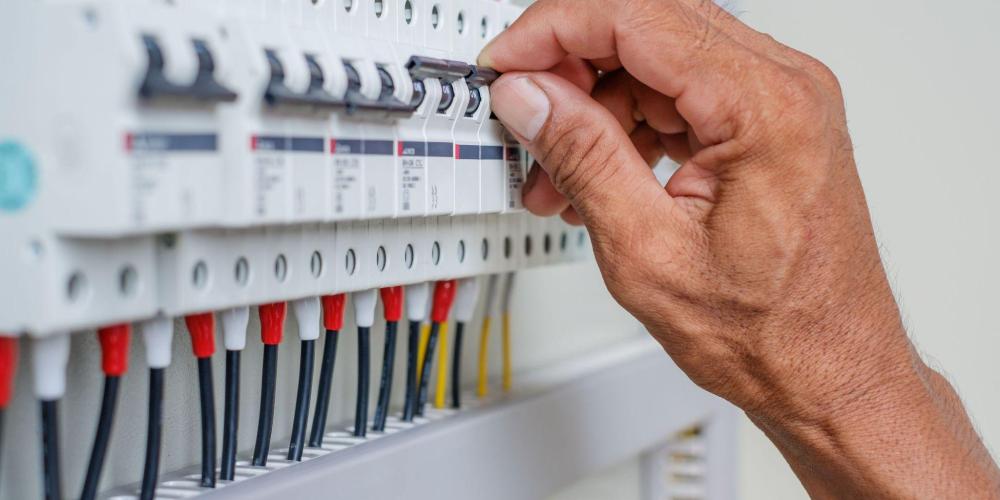
A miniature circuit breaker is an electrical switch that has the capability to control, protect, and switch small circuits from overcurrent and short circuits. The following are some of the differences between MCBS and fuses: While MCBS are reusable devices, fuses have a one-time use only and while MCBS can handle up to 6 ka of faults. They can use apparatus like RCDS to increase safety and reduce risks such as fire and property destruction at a very fast pace.
Credit: Explorer
Importance of Miniature Circuit Breaker (MCB)
Okay, but why should you care about a Miniature Circuit Breaker (MCB)? Well, let me break it down for you. These devices are like the safety net of your electrical system, and here's why they're a big deal:
- No More Fires: Too much current can heat up wires and start a fire. MCBS shut things down fast to keep that from happening.
- Save Your Gadgets: A short circuit can zap your fancy TV or laptop. An MCB steps in to protect your gear from getting fried.
- Shock-Proofing: By cutting off faulty circuits, MCBS help prevent nasty electric shocks, keeping you and your family safe.
- Wallet-Friendly: Unlike fuses, which you have to replace, MCBS just need a quick reset. That's less hassle and fewer trips to the store.
- Fits Anywhere: From a small home to a massive factory, MCBS come in all sorts of ratings and setups to match your needs.
In a nutshell, a Miniature Circuit Breaker (MCB) is like a guardian angel for your electrical system - small, smart, and always ready to save the day.
What Are Some Different Types of Miniature Circuit Breakers?
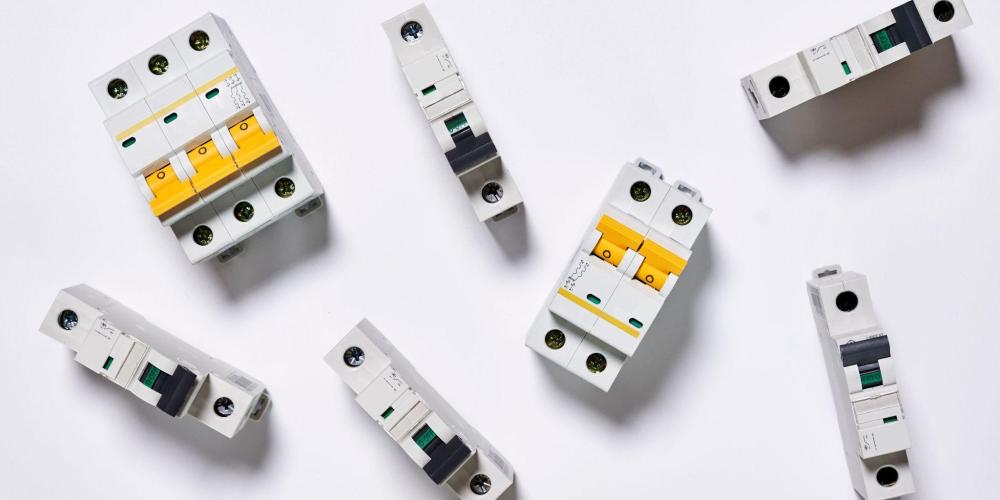
Not all MCBS are the same. They come in different flavours, each designed for specific jobs based on how sensitive they are to electrical surges and how many circuits they control. Let's take a look at the main types and check out some examples to see how they fit into real-life setups.
Type B MCBs
Type B MCBs are your go-to for home use, where electrical surges are usually pretty tame. They trip when the current hits three to five times their rated load, so they're perfect for things like lighting or your kitchen toaster. They're quick to act on overloads but won't trip over minor blips, making them super practical for everyday circuits.
- 1-Pole 16a Characteristic B 6ka MCB: This 16-amp single-pole breaker protects circuits and handles short circuits with a 6ka capacity, featuring an easy dolly switch.
- 1-Pole 32a Characteristic B 6ka MCB: This 32-amp Type B breaker is perfect for high-demand appliances like ovens or water heaters. With a 6kA capacity, it ensures safety while handling larger loads effectively.
Type C MCBs
Type C MCBs are built for places with bigger surges, like offices or small factories. They trip at five to ten times their rated load, which means they can handle the extra kick from things like motors or fluorescent lights that draw a lot of power when they start up. They're a bit less sensitive than Type B, which makes them perfect for commercial setups.
- 3-Pole 10a Characteristic C 6ka MCB: This 10-amp triple-pole breaker is perfect for small business three-phase circuits, handling startup surges and faults with ease. The dolly switch allows for quick shutdown.
- 3-Pole 32a Characteristic C 6ka MCB: This is for heavy three-phase loads like industrial machines, rated at 32 amps. It handles high startup currents with a Type C curve and offers a 6ka safety capacity, akin to the larger version of the 10a model.
Type D MCBs
Type D MCBs are designed for heavy industrial equipment, tripping at ten to twenty times their rated load to handle surge currents. They're essential in specialised settings, and selecting the right MCB depends on the equipment being powered.
Credit: The Electrical Guy
5 Working Principles of Miniature Circuit Breaker (MCB)!
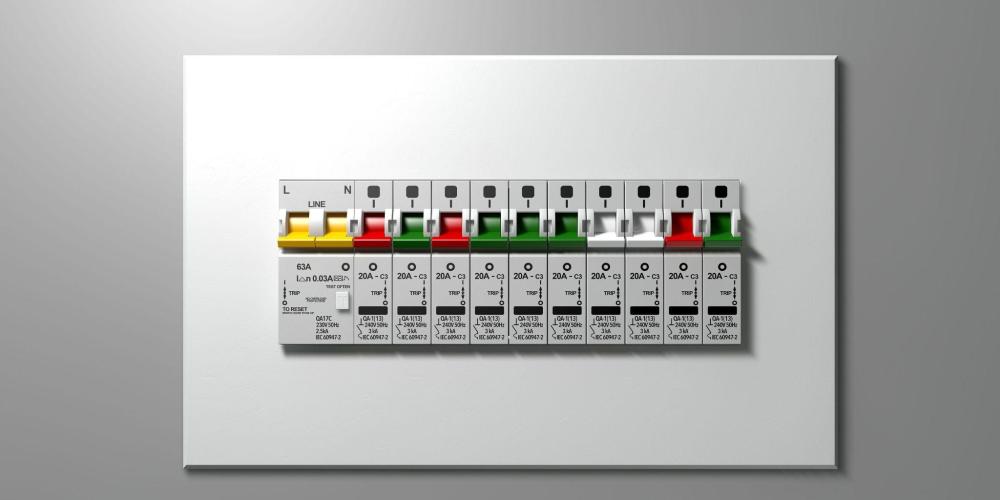
Ever wondered how a Miniature Circuit Breaker (MCB) does its magic? It's not just a switch; it's a clever combo of engineering and physics. Here are the five key principles that make MCBs so awesome:
- Thermal Trick (Bimetallic Strip): Inside an MCB, there's a bimetallic strip that acts like a tiny thermostat. When too much current flows for too long, it heats up and bends, tripping the breaker. This protects your wires from overheating during an overload.
- Magnetic Muscle (Electromagnet): For sudden, crazy-high currents—like a short circuit—an electromagnet takes charge. The bigger the fault, the faster it yanks the breaker's mechanism to shut things off. It's like a ninja move, stopping trouble in a flash.
- Arc Taming: When an MCB trips, the contacts pull apart, creating a little electric arc (think mini lightning). The breaker's arc chute, metal plates inside, cools and snuffs out that arc to prevent damage or fire. It's like having a tiny firefighter on duty.
- Easy Control (Dolly Switch): MCBs come with a dolly switch, so you can manually turn a circuit off for maintenance or reset it after a trip. It's super user-friendly, putting you in the driver's seat of your electrical system.
- Small but Mighty Design: MCBs are built to fit snugly in consumer units, with modular sizes (like 18mm per pole) for easy setup. Despite their compact size, they're powerhouse performers, making them a must-have in modern electrical panels.
These principles team up to make a Miniature Circuit Breaker (MCB) a reliable, quick-acting protector for your circuits. It's science at its practical best!
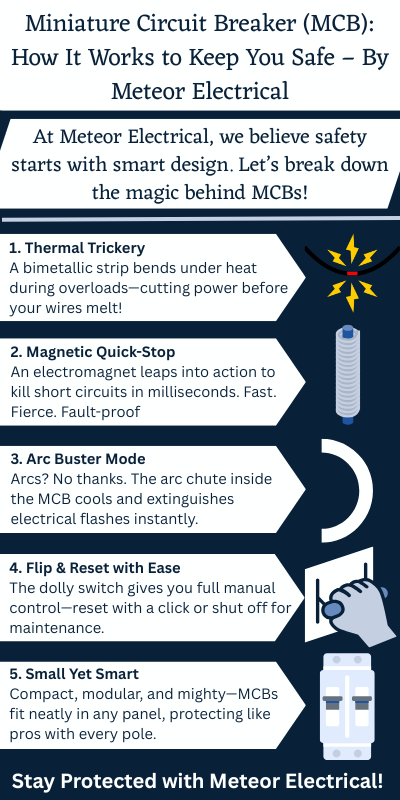
Bottom Line:
If there is a need to protect an electrical circuit, then Miniature Circuit Breakers are the answer. They protect against fire, protect your electronic devices against short-circuiting and enable a quick reset. As for MCBs, you can get Type B for home use or Type C for business and industrial purposes.
At Meteor Electrical, our range of MCBs ensures your circuits are protected and you get the best for your new home or commercial connection. Have a look at what we have for a safer and brighter future ahead. Check out our selection now!

